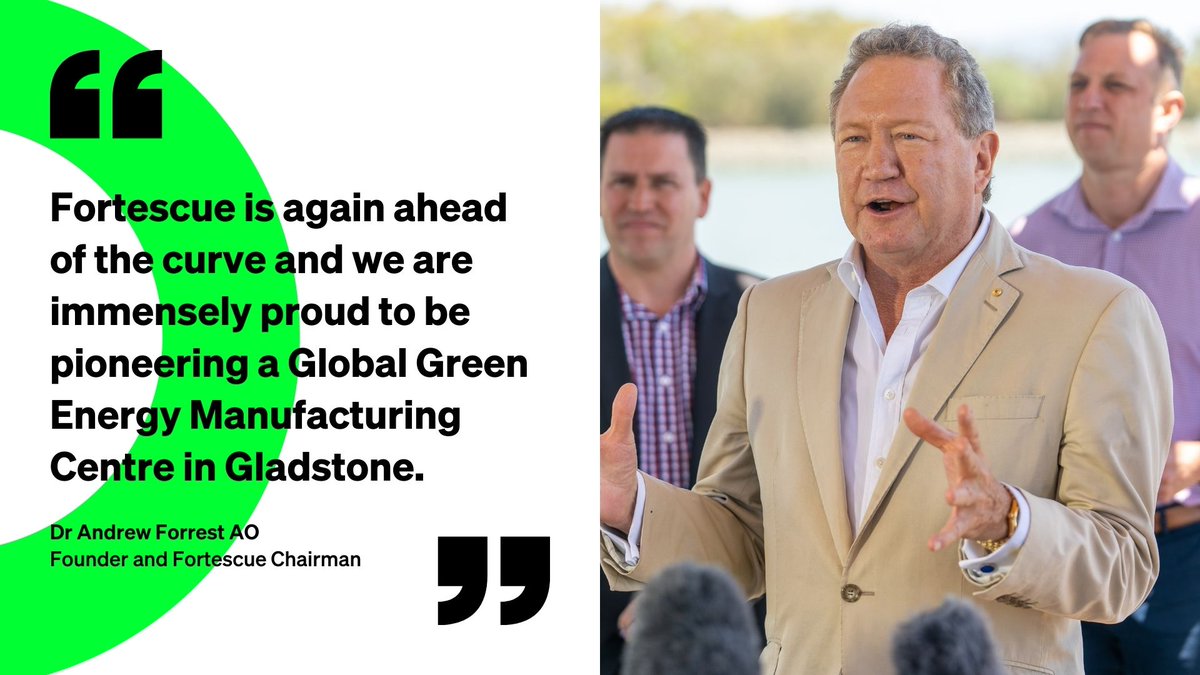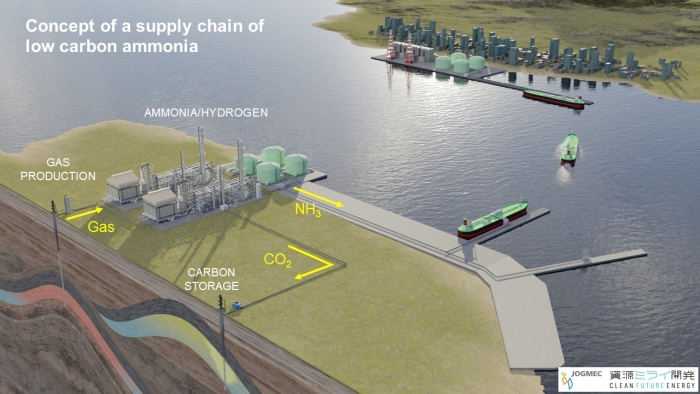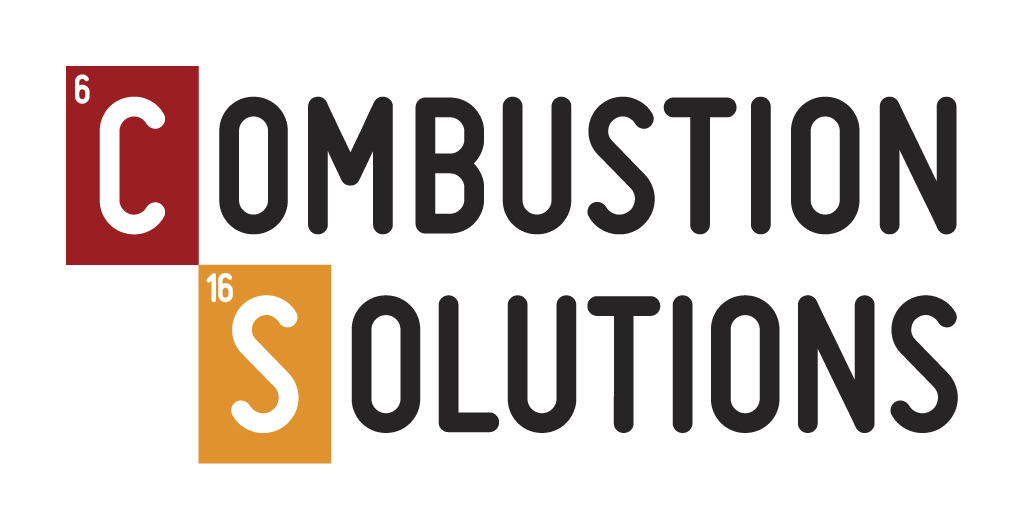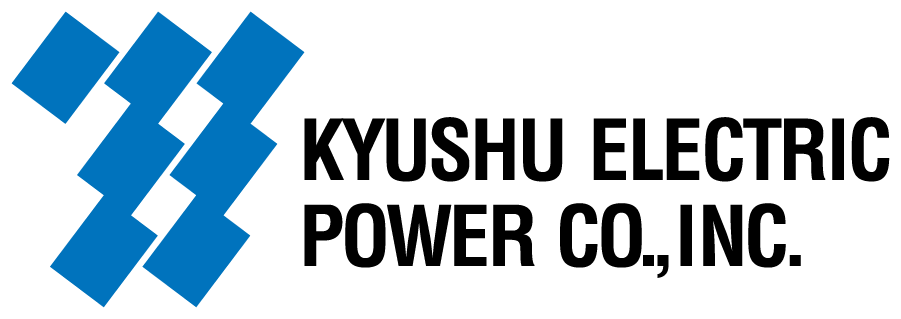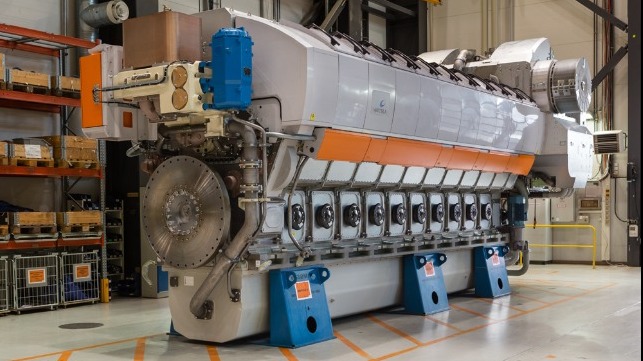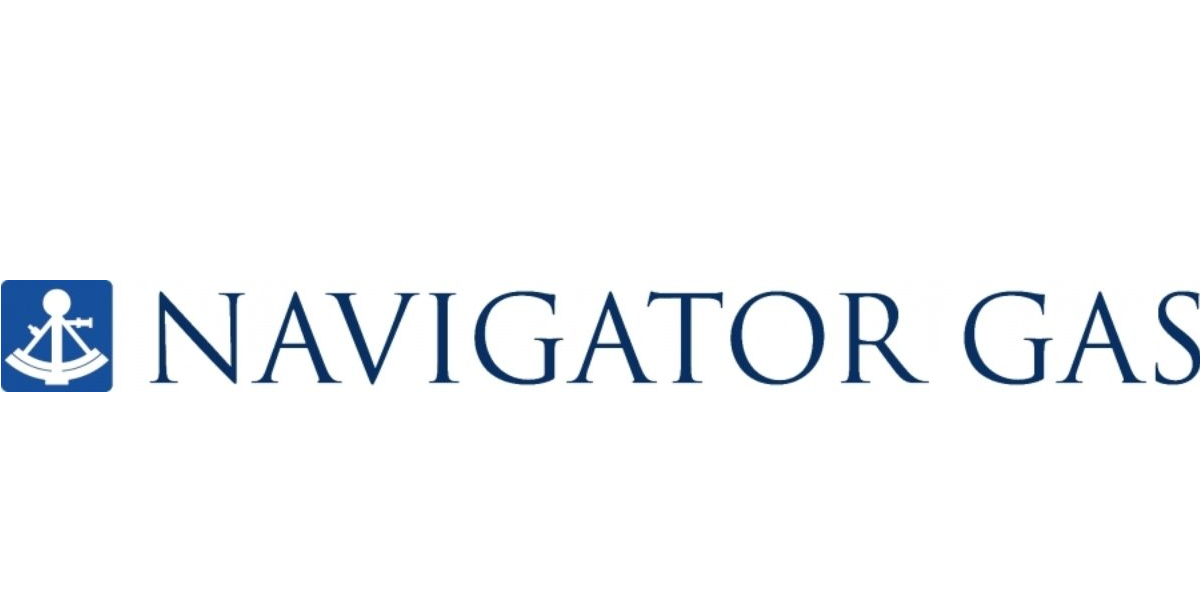Fortescue plans mega electrolyser production plant for Queensland
As part of a new partnership with the Queensland state government, Fortescue Future Industries (FFI) announced plans for the world's largest electrolyser, renewable industry and equipment factory in Gladstone. It's been a big week for electrolyser production announcements, with new, GW-scale production facilities planned for Germany and India.
